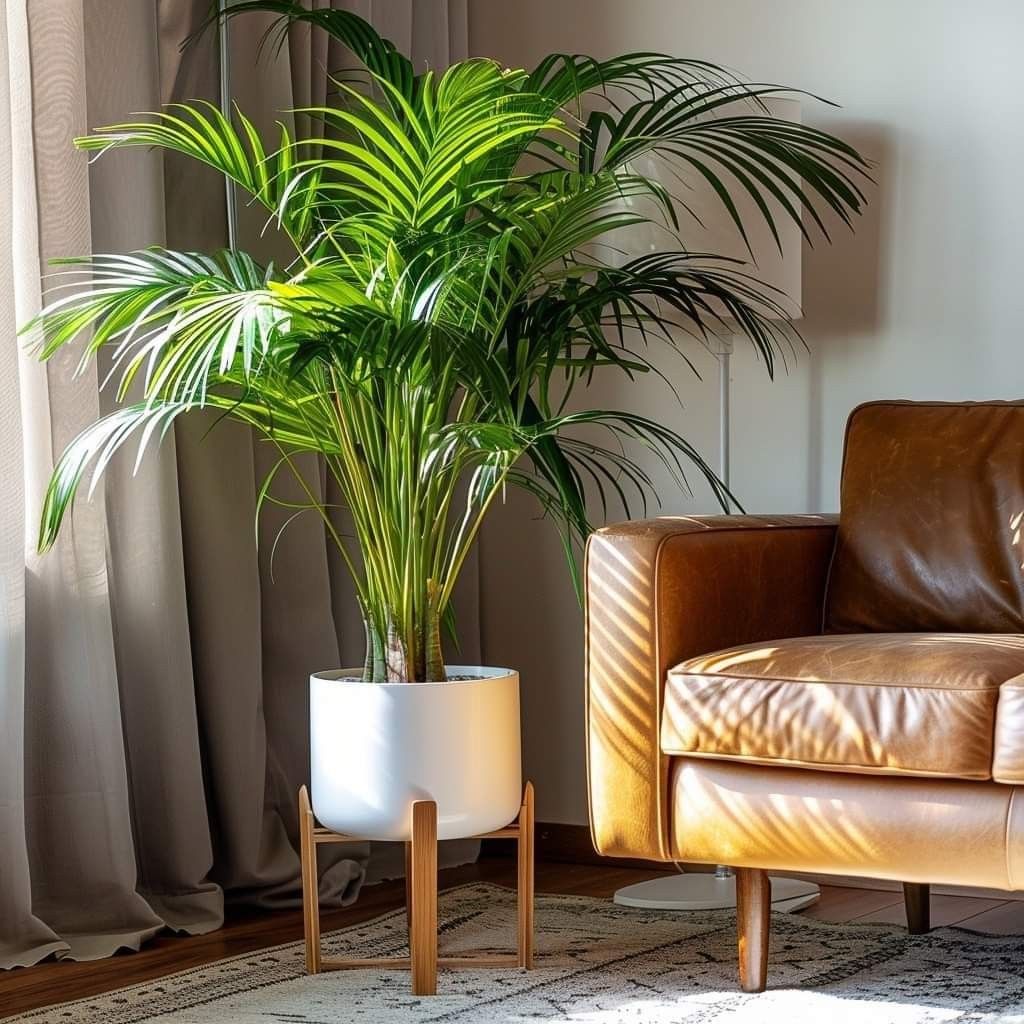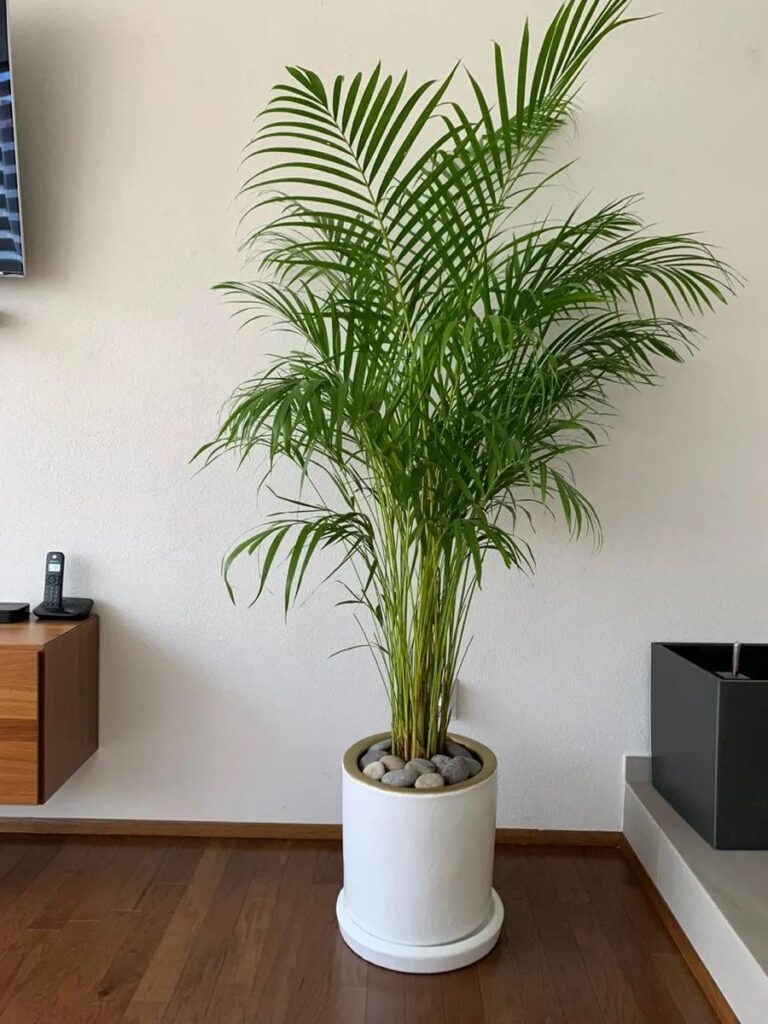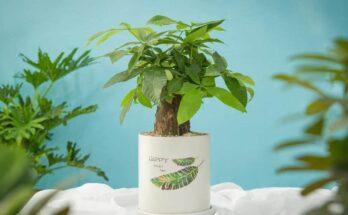
First, let’s talk about light. As I mentioned earlier, the parlor palm is a low light tolerant plant, but that doesn’t mean it can survive in any light condition. To be honest, there’s no such thing as a truly low light plant, meaning that all plants will eventually suffer if placed in an area that does not receive any light at all. However, the parlor palm can tolerate lower light levels than most other plants, which makes it ideal for those areas in your home that don’t receive much natural light. Placing your parlor palm in a location that receives bright indirect light will help it grow faster and have stronger, greener foliage. On the other hand, if you place your parlor palm in a spot that doesn’t get enough light, its leaves will start to yellow and the plant will grow slower. You’ll also notice that the new leaves won’t have the same deep green color as before. This is because the plant is struggling to produce chlorophyll, which is the substance that gives plants their green color and allows them to convert light energy into chemical energy through photosynthesis. Now, even though the parlor palm can adapt to lower light levels, I wouldn’t recommend keeping it in complete darkness. If you absolutely must place your palm in a dark area, then make sure to supplement with grow lights. This way you can mimic natural sunlight and give your palm the light it needs to stay healthy.

Speaking of light, another secret to keeping your parlor palm happy is to rotate the pot every now and then. This is important because the growth of the plant will always be oriented towards the light source. And so if you want your plant to grow up and not fall over, you need to rotate the pot every now and then. This will ensure that the plant grows nice and tall with an even canopy.
Now let’s talk about water. The parlor palm prefers moist soil, but it doesn’t like to sit in soggy soil. And so one of the secrets to keeping your parlor palm healthy is to water it when the top inch or two of the soil is dry. This will help prevent the roots from rotting. Another thing you can do to help prevent root rot is to make sure that your pot has drainage holes. This will allow excess water to escape and prevent the roots from sitting in water. If you forget to water your plant, the leaves will start to turn brown and crispy. This is a sign that the plant is thirsty and needs water. On the other hand, if you water your plant too much, the leaves will start to yellow and drop. Again, this is a sign that the roots are getting damaged from sitting in too much water.

Next, let’s talk about temperature and humidity. The parlor palm is a tropical plant, so it likes it warm and humid. This can sometimes be a problem for people who live in areas with dry air, especially during the winter months. If the air is too dry, the leaves will start to turn brown and crispy, just like when you forget to water your plant. To prevent this, you can mist your plant with water or place a humidifier nearby. Another thing you can do is to group your plants together. This will help create a humid microclimate that your parlor palm will love. Just make sure that the other plants you choose are not sensitive to high humidity levels.

Last but not least, fertilizing your parlor palm is key to keeping it healthy and growing. The best time to fertilize your plant is during the spring and summer months when it’s actively growing. I recommend using a balanced fertilizer once a month during these times. In the fall and winter months, you can reduce the amount of fertilizer to once every two months. You can tell if your plant needs fertilizer by looking at the leaves. If they start to turn pale green or yellow, it’s time to feed your plant. One thing to keep in mind is that over fertilizing can damage your plant. So it’s important to follow the instructions on the fertilizer packaging carefully.
That’s all for today. I hope you enjoyed this video and learned something new. If you have any questions about caring for the parlor palm or other indoor plants, feel free to leave them in the comments below. And as always, thanks for watching and happy planting.


